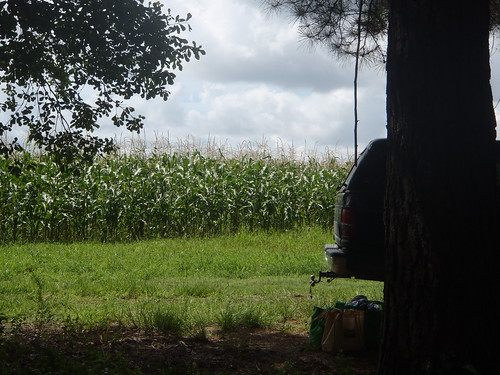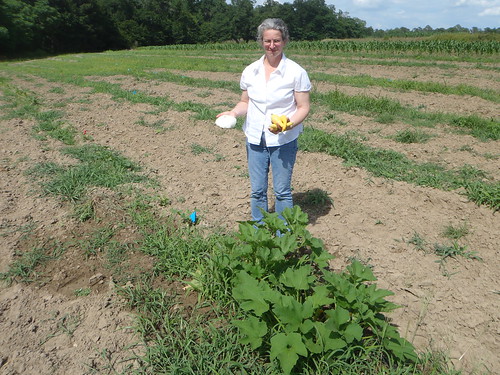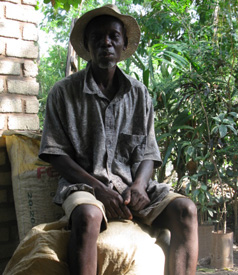 Jeffrey Smith, author of Seeds of Deception,
writes today about
Refined Foods are Bad, But These May Be Far Worse:
Jeffrey Smith, author of Seeds of Deception,
writes today about
Refined Foods are Bad, But These May Be Far Worse:
Government officials around the globe have been coerced, infiltrated, and paid off by the agricultural biotech giants.The result is humans as guinea pigs:In Indonesia, Monsanto gave bribes and questionable payments to at least 140 officials, attempting to get their genetically modified (GM) cotton approved.
[1] In India, one official tampered with the report on Bt cotton to increase the yield figures to favor Monsanto.
[2] In Mexico, a senior government official allegedly threatened a University of California professor, implying “We know where your children go to school,” trying to get him not to publish incriminating evidence that would delay GM approvals.
[3] While most industry manipulation and political collusion is more subtle, none was more significant than that found at the US Food and Drug Administration (FDA).
Since GM foods are not properly tested before they enter the market, consumers are the guinea pigs. But this doesn’t even qualify as an experiment. There are no controls and there’s no monitoring. Without post-marketing surveillance, the chances of tracing health problems to GM food are low. The incidence of a disease would have to increase dramatically before it was noticed, meaning that millions may have to get sick before a change is investigated. Tracking the impact of GM foods is even more difficult in North America, where the foods are not labeled. Regulators at Health Canada announced in 2002 that they would monitor Canadians for health problems from eating GM foods. A spokesperson said, “I think it’s just prudent and what the public expects, that we will keep a careful eye on the health of Canadians.” But according to CBC TV news, Health Canada “abandoned that research less than a year later saying it was ‘too difficult to put an effective surveillance system in place.'” The news anchor added, “So at this point, there is little research into the health effects of genetically modified food. So will we ever know for sure if it’s safe?”[30]We might better start finding out.
There’s much more in the article, all copiously documented at least with citations, and often with links to the actual articles.
-jsq








